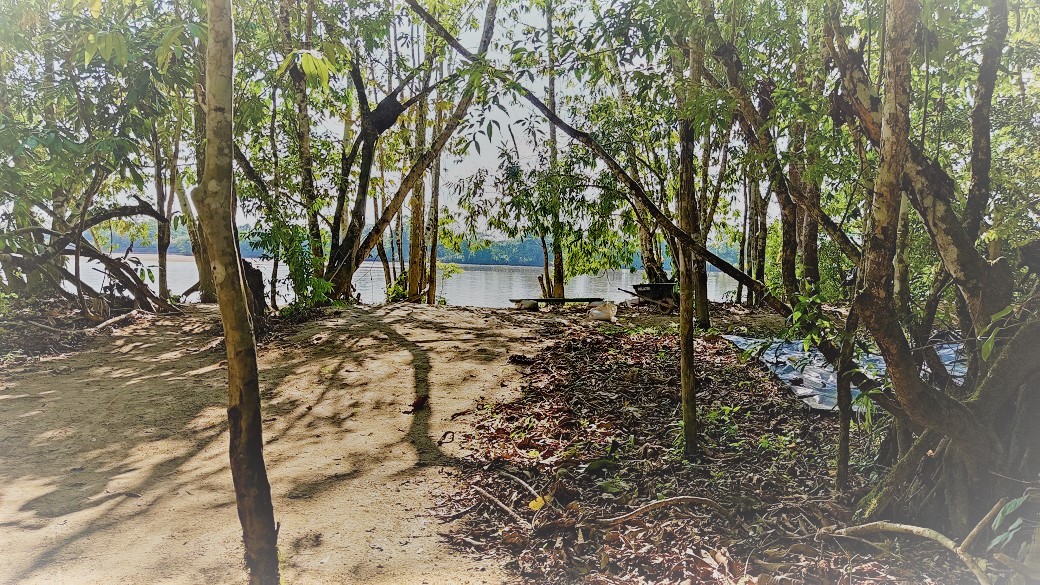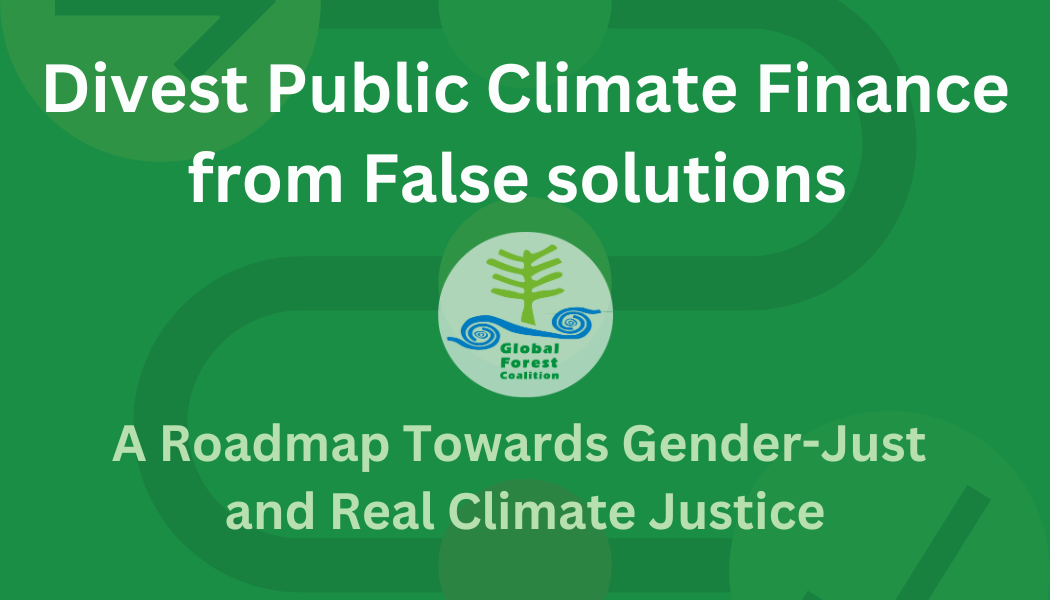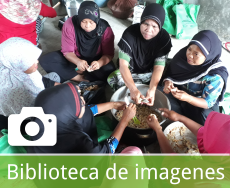WMG PANEL PRESENTATION AT THE 8th SESSION OF THE OPEN WORKING GROUP ON SDG’s
EIGHTH SESSION OF THE OPEN WORKING GROUP ON THE SUSTAINABLE
DEVELOPMENT GOALS (OWG8)
CO-CHAIR MORNING SESSION: FORESTS AND BIODIVERSTY
3 February 2014, UNHQ, NEW YORK, USA
Remarks by ISIS ALVAREZ
GLOBAL FOREST COALITION
Distinguished Co-Chairs, friends, all protocols observed. I’m Isis Alvarez, representing the Global Forest Coalition and the Women’s Major Group.
The Women’s Major Group believes that forests and biodiversity and the policies to protect both must be discussed together and not be separated into two different topics as has been done in the TST Issues Briefs.
The importance of diverse forests as well as other ecosystems to achieve global sustainable development cannot be over-emphasized and many benefits are still beyond human understanding. Thus, their diligent conservation must be central to any sustainable development planning and policy. Indigenous women, often heads of households, are particularly dependent on free access to resources including fuelwood, medicinal plants, fodder, fruits, nuts and seeds as they constitute the basis of their culture, spiritual values and livelihoods. Studies have shown that when rural women’s access to forest resources is improved, their income increases and they are most likely to spend this income on their children’s education, health care and feeding the household. Thus, women’s access to forests and associated biodiversity therefore has a direct bearing on poverty erradication and the well being of families.
Women often cultivate lands that they do not own, and gather resources from forests to which they lack titles. Even where there are land tenure policies in place, some patriarchal cultures will not consider women’s land tenure rights. Historically, land reforms have tended to grant tenure rights to men ignoring gender aspects.
Women’s role as care-takers and food providers makes them highly dependent on the good state of natural resources and any restriction or depletion of these could particularly severely affect them and contribute to the feminization of poverty.
Women are more dependent on biodiversity’s non-monetary benefits.
According to commonly used forest definition, there is no difference between a forest and a plantation. This allows for the conversion of real forests into monoculture tree plantations, including of alien tree species, oriented towards the global market, thus leading to further biodiversity loss, soil erosion, depletion of water sources, and other social and ecological impacts.
Current policies proposed during different intergovernmental processes do not necessarily identify and address the drivers behind the loss of forests and other biodiversity, which are very much embedded in a macro-economic model that benefits large corporations rather than rural and Indigenous women and men. Most rural women depend on subsistence farming, whereas privatization and market-oriented policies have tended to benefit larger farmers. Communities in Africa and Latin America are increasingly being violently evicted from their ancestral lands, especially where property rights have not been clearly defined,often to make way for extensive agroindustrial plants and plantations, as well as for carbon offsets projects. Land grabbing conflicts have been widely increasing at a fast rate and women are in the fore-front of this struggle.
Continued unsustainable consumption, trade and production patterns, mainly in northern countries, increases environmental pressures as more and more biomass is required to supply their demand, while governments subsidize such “alternative” means; this is indeed the case of renewable energies, such as biofuels and wood-based bioenergy, that has already impacted valuable forests and biodiversity around the world. Forest, biodiversity and land policies that are gender blind and do not take a rights-based approach will continue to marginalize women, both legally and socially.
The Women’s Major Group believes the protection of biodiversity, including forests and other ecosystems, must be central to Sustainable Development Goals. Therefore, at this stage Mr/Mrs Chair, we can share with you the following recommendations for Goals & Targets:
Goal 1: Conservation of Ecosystems and Sustainable Governance of Land and other Natural Resources
Targets include:
Zero loss of forest cover (based on a definition of forests that excludes industrial tree and shrub plantations);
Zero depletion of clean freshwater resources, full protection and ambitious restoration of healthy freshwater ecosystems. This requires both the protection and restoration of healthy ecosystems and ending over-extraction of water, especially for irrigation and water-intensive industries;
Zero loss of other ecosystems, including grasslands, peatlands, savannah, tundra and alpine ecosystems;
50 million hectares of degraded or destroyed ecosystems restored or allowed to naturally regenerate;
Phasing out all agricultural practices that cause soil erosion, depletion and compaction;
All potentially perverse incentives promoting unsustainable consumption and production patterns that might trigger biodiversity loss have been redirected or eliminated;
The territorial rights and customary conservation practices of Indigenous Peoples, women and local communities have been fully documented and recognized;
Women and men participating equally in forests and other natural resource
governance;
Free, Prior and Informed Consent of all communities, including Indigenous Peoples, required for any projects and developments that may affect lands which they own, occupy or otherwise use.
Indicators for these targets should be gender sensitive and include an indicator based on the implementation of the Aichi Targets. The target on perverse incentives should include an indicator on mainstreaming biodiversity in all Overseas Development Aid and other public financial flows, as well as an indicator on eliminating subsidies that are potentially harmful for biodiversity. Last but not least, it should include a gender-disaggregated indicator of the amount of public support and other positive incentives provided for sustainable use of biodiversity by Indigenous Peoples and local communities.










